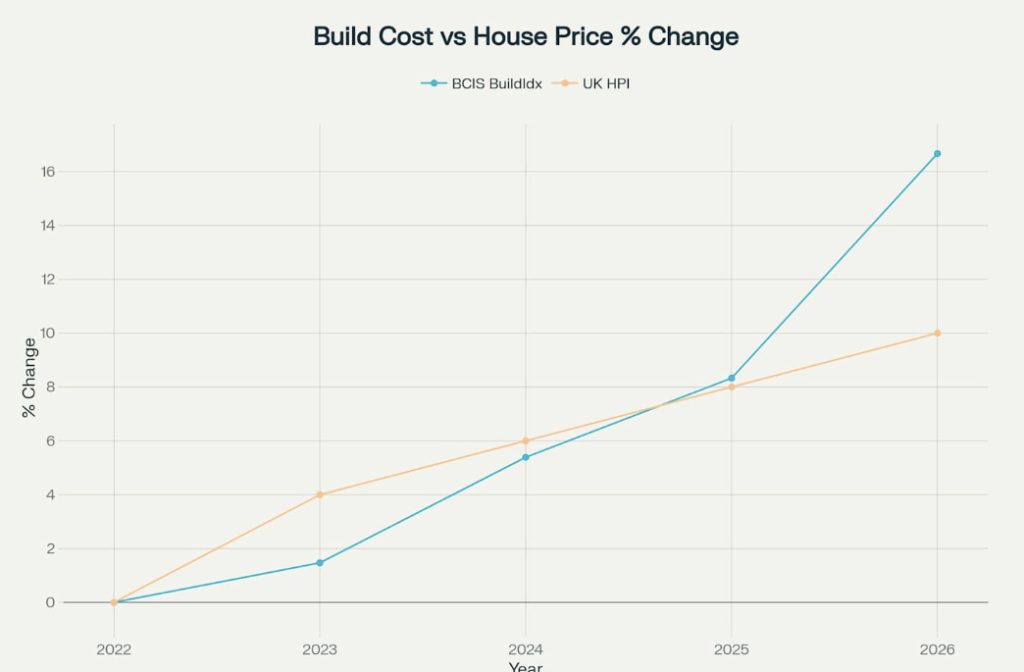Ready, Aim, Miss
I find it really difficult to write anything about business without being drawn into a critique of politics and politicians. I’m going to do my best to try and stick to the subject – for once.
In this case, the subject is the almost impossible economic environment for SME developers. I really want to use an acronym here but “SMEDs” sounds mildly offensive and so, influenced both by my experience of working with them and the US dictator, I will use “HEROES!!”.
Everyone in the planning and development industry knows of the obstacles that have been put in front of “HEROES!!”.
The national housebuilder oligopoly also has its fair share of issues to deal with, which have only increased for them and our “HEROES!!” following Rachel Thieves’ budget.

(Sorry – I couldn’t help it)
But, national housebuilders have well-established land banks, sufficient scale to only supply the market when demand is sufficient and, as the only delivery vehicle the government can rely on to meet its hopelessly optimistic housebuilding targets, the ability to secure government concessions for either themselves or their buyers.
In particular, national housebuilders have control over what they pay for land as the majority of their sites are sourced through land promotion. Promotion agreements will allow developers to adjust the price they pay to reflect the planning contributions required by the relevant local plan.
So, the landowner pays the cost of the planning contributions – not the developer. Which, you have to say, is great business.
When local authorities prepare their local plan and estimate the planning contributions that can be viably secured through their area-wide viability assessment, the starting point is an assumption that delivery will be by national developers on greenfield sites.
“HEROES!!” have none of these advantages. Most don’t have the resources for long-term land promotion and have no option but to buy sites in the open market for immediate development.
On brownfield sites, they must contend with often high existing use values to persuade owners to sell, and then, to secure the site, they must be the highest bidders.
And then, having bought the site, they have to endure a planning process that has literally petrified. Planning used to be measured in weeks – now the best metric is years, and through all this our “HEROES!!” are carrying the interest on their purchase and incurring tens of thousands of pounds worth of planning costs.
Eventually, with luck, planning will be granted but only if the scheme can deliver the local plan’s affordable housing and Section 106 requirements. As a rule of thumb, take 30% of the scheme to be affordable and £8,000/plot for Section 106 costs.
To make matters worse, the market is now moving against them.

No wonder SME developers are disappearing.
Flat-lining house prices and increasing build costs make it even harder to deliver profitable schemes that can meet policy-required planning contributions.
If that is a problem, we can help with viability. It’s what we do.
9 St Marys Road, Market Harborough, Leicestershire, LE16 7DS
info@intali.com
0116 365 1111

